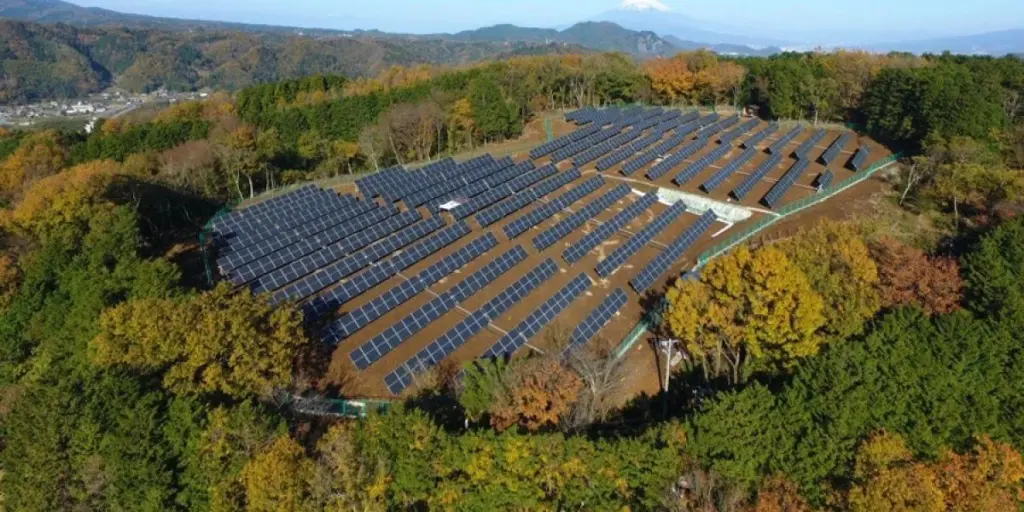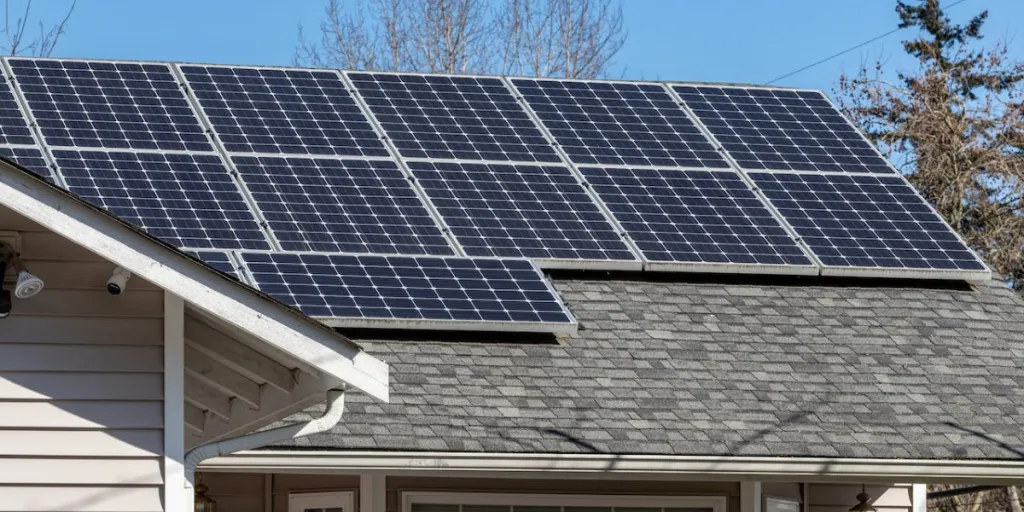Recently, many people have been moving toward renewable energy to save the environment. One of the most used renewable energy sources is solar energy. With solar installation, one needs a solar charge controller to regulate voltage and amperage delivered to the loads. Most customers may not have used solar charge controllers before and may wonder if it is necessary and, if so, which one to purchase.
This article will examine what MPPT charge controllers are, how they work, what to look for when choosing solar charge controllers, and the benefits of an MPPT charge controller.
Table of Contents
What is an MPPT charge controller?
Factors to consider when purchasing an MPPT
Different types of solar charge controllers
Conclusion
What is an MPPT charge controller?
Solar charge control is vital in solar installation. Charge controllers are solar battery chargers connected to the solar panels and battery. The solar charge controller controls the output to the load and the batteries, ensuring that they operate optimally and do not overcharge.
Maximum Power Point Tracking (MPPT) charge controllers are one of the most popular solar controllers on the market. MPPT is great for creating an efficient and advanced solar installation. MPPT is a larger solar charge controller, and is used in large off-grid power systems with solar arrays.
Solar charge controllers are rated according to the maximum input voltage and the maximum charge current. The ratings determine the number of solar panels connected to the charge controller.
MPPT converts the higher voltage output from the solar panels to the lower voltage needed to charge the batteries. The MPPT monitors and adjusts the input to regulate the solar system current. They increase the overall output efficiency, and one can expect an efficiency rate of 90% and above.
How does an MPPT function?
The operating principle of an MPPT is relatively easy; the panel voltage and current vary due to the varying amount of sunlight the solar panels get during the day. To get the most power, an MPPT finds the best combination of voltage and current to produce maximum power.
It continuously tracks and regulates the PV voltage to produce the most power, regardless of weather conditions or time of day. This increases the efficiency and energy produced by up to 30% more than a PWM charge controller.
Factors to consider when purchasing an MPPT
When purchasing a solar charger controller, customers should consider many factors. Some of these factors include:
The loads
When purchasing a solar charger controller, the first thing one needs to consider is how many appliances it needs to run and for how long. The appliance’s power rating calculates the estimated load (W) multiplied by the average run time in hours or the average current draw (A) multiplied by the average runtime (hr).
- The energy required in Watt hours (Wh) = Power (W) × Time (hrs)
- The energy needed in Amp-hours (Ah) = Amps (A) × Time (hrs)
After calculating the estimated load for each appliance, you add them to get the estimated energy requirement per day.
The size of the solar system
The MPPT should be almost the same size as the solar system. If you know the total solar power in watts and the battery voltage, you can work out the maximum current for the system using the following formula:
Current (A) = Power (W) / Voltage or (I = P/V)

Pros and cons of MPPT solar charge controllers
Pros:
- Actively monitor the conditions of the panels leading to high-efficiency levels
- Perform best when the battery is low
- Best in cold and cloudy locations
- Suitable for large systems
- Applicable when the battery voltage is lower than the solar array voltage
Cons:
- More expensive than PWM controllers;they can cost up to US $230, while a PWM can cost as little as US $30
- Have a shorter lifespan because of the many components
Different types of solar charge controllers
There are four types of solar charge controllers. They are classified by the method they use to regulate charge from the solar panels to the batteries. The four types are:
- Shunt-type charge controllers
- Series types charge controllers
- Pulse width modulation charge controllers
- MPPT charge controllers
The most common ones are PWM and MPPT, charge controllers.
PWM and MPPT solar charge controller comparison
Pulse width modulation (PWM) solar charge controllers have a direct connection from the solar array to the battery. They use a simple, rapid switch for solar charge control. The switch opens until the battery gets to the absorption charge voltage. The switch then opens and closes rapidly— hundreds of times per second to modulate the current and retain a stable battery voltage.
The PWM works but pulls down the solar panel voltage to match the battery voltage. This reduces the solar panel’s power, and in turn, its efficiency as the panel is not at its optimum operating voltage.
An example of a PWM charge controller is Shinefar PWM solar charge controller. It has a maximum current of 60A and a battery over voltage protection of 66V. The PWM is cost-effective and one can order up to fifty pieces with a twelve-day lead time. They can also be customized if you prefer to have a company logo on the product.
PWM is best when one needs a low-cost option for small systems of at most 12V. They are best when one or two solar panels are used for simple loads such as lighting, phone charging, and camping. In contrast, MPPT is used for larger loads and with an array of solar panels.
MUST MPPT and Suntree PWM solar controller comparison
| MUST MPPT solar charge controller | Shinefar PWM solar charge controller | |
| Cost | $75–105 | $6–8 |
| Customization | Min order 200 pieces | Min order 50 pieces |
| Lead Time | 60 days for 5,000 pieces | 12 days for 50 pieces |
| Ambient Temp Range | -10℃ to 55℃ | -20℃ to 50℃ |
| Maximum PV Voltage | 130V | 66V |
| Maximum Current | 80A | 60A |
| Weight | 3 kg | 480 g |
| Rated Voltage | 16–48V | 12–24V |
Choosing the best solar charge controller for customers
When choosing the best solar controllers to stock, one must consider their target customers. The location of the customer matters. If the customers are in primarily cold and cloudy environments, stock MPPT solar charge controllers. These controllers work better in cold areas and maximize the energy, giving the user maximum energy efficiency.
The size of the load matters in getting the best solar charger control. If the customer has a small load, they may use a PWM; however, if the estimated load is high, the best option is an MPPT. You can stock the MUST MPPT solar charge controller as it is one of the best on the market with a maximum PV power of 600W and maximum PV voltage of 130V.
Conclusion
An MPPT is essential for solar installation. It helps regulate the voltage and amperage delivered to the load. MPPT solar charge controllers are effective for large solar panel arrays and work well with low battery voltages and in cold, cloudy environments.
Get more information on renewable energy and its sources from Alibaba.com.




